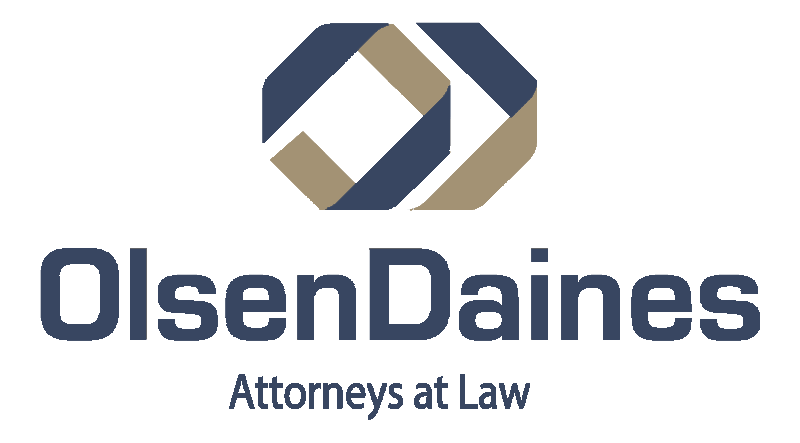When bills pile up and creditors start calling, it’s natural to feel lost and unsure of what steps to take next. One option you might be considering is bankruptcy, which can help you regain financial stability by eliminating or restructuring your debt. But with several types of bankruptcy available, how do you know which one to pick? Here are the most common chapters of bankruptcy to help you determine which is best suited to your needs.
Chapter 7 Bankruptcy
Chapter 7 bankruptcy is intended to provide relief for individuals with limited assets and low income from their unsecured debts. In order to qualify for this chapter, you must be able to pass a means test, which generally means your income does not exceed the median income in your state of residence. Under Chapter 7 bankruptcy, you may be able to eliminate debts such as:
- Medical bills
- Overdue utilities
- Outstanding credit card debt
- Lease agreement deficiencies
- Collection agency accounts
Even though this chapter can wipe away many kinds of debt, it doesn’t cover everything. Some types of debt may stick around even after filing for bankruptcy. For example, most people still need to pay secured debts, taxes, child support or student loans.
How Does Chapter 7 Bankruptcy Work?
Chapter 7 bankruptcy is commonly referred to as a liquidation bankruptcy because the courts will assign a trustee to sell any of your non-exempt assets. The proceeds from those sales will go toward paying off your creditors. Non-exempt assets can include items such as:
- Valuable artwork
- Jewelry or expensive clothing
- Investments outside of retirement accounts
- Valuable collections or musical instruments
- Properties outside of your primary residence
- Newer-model vehicles in which you have equity
It’s important to note that it is possible to retain your house and your vehicle when filing for this type of bankruptcy. Though it may be difficult to face liquidation, doing so could allow you to eliminate debts while retaining the assets that are most important to you and your family.
Chapter 13 Bankruptcy
Chapter 13 bankruptcy is intended to provide debt relief for individuals with more assets or higher disposable income. This is a good option for anybody who has enough income to make reasonable payments toward debts even after basic living expenses are met. If you are unable to pass the means test required for Chapter 7, then this chapter may be right for you.
How Does Chapter 13 Bankruptcy Work?
Chapter 13 is often called a reorganization bankruptcy because it restructures debts to make them more manageable, rather than completely eliminating them. If you file for this chapter, you will create a payment plan proposal to repay your creditors. Unsecured debts, such as credit card balances or unpaid medical bills, may be partially forgiven to provide some relief.
However, certain debts need to be paid in full. These can include:
- Alimony
- Child support
- Mortgage delinquencies
- Motor vehicle payments
- Taxes
With this type of bankruptcy, you can keep all of your property while paying down debts and reaching financial stability. Though the process can feel overwhelming, you don’t have to face it alone. The debt relief attorneys at OlsenDaines can help you each step of the way.
Chapter 11 and Chapter 12
While Chapter 7 and 13 are the most common types of bankruptcy, there are two other options that could be a better fit depending on your circumstances:
- Chapter 11 is intended for businesses and individuals who do not qualify for another chapter. Similar to Chapter 13, this type of bankruptcy works by reorganizing your debts under a payment plan. However, the debtor will generally have a longer repayment period than those filing for Chapter 13.
- Chapter 12 is specifically for farmers and family fishermen. It is a lot like Chapter 13, but is designed specifically for farm and fishing operations. Additionally, it gives debtors more opportunity to modify secured debts on property such as home mortgages and equipment loans.
Get Legal Assistance from a Bankruptcy Attorney
Considering bankruptcy, but still unsure of which chapter is right for you? That’s where we can help. At OlsenDaines, it’s our mission to educate, inform, and empower people about their legal options for dealing with debt. We have proudly served residents throughout Oregon for over 40 years with the goal of helping them reach financial stability and security. Whether you want to learn more about your bankruptcy options or you’re ready to start filing, we’re here to make every step easier. Give us a call today to schedule your free legal consultation!
Which Type of Bankruptcy Should I Choose? in Portland OR and Salem OR
And all surrounding areas
